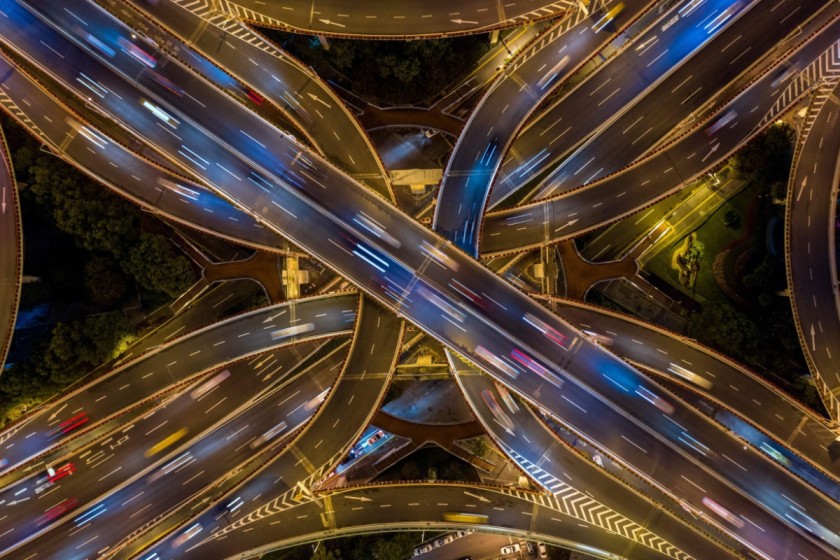- January 17, 2025
Navigating India’s economic crossroads: Cyclical challenges and strategic opportunities

India finds itself in the throes of a cyclical economic downturn, with gross domestic product (GDP) growth projected to hover at 6.1% for both FY25 and FY26. Despite the challenges, policymakers appear resolute in maintaining fiscal discipline, aiming for a fiscal deficit target of 4.5% of GDP by FY26. Analysts suggest that fiscal stimulus measures are unlikely unless a prolonged economic slowdown materialises, marking a pragmatic yet cautious approach.
While rural growth remains fragile, it shows signs of outpacing urban growth. However, despite pockets of recovery in private capital expenditure (capex), encouraged by initiatives such as the Production Linked Incentive (PLI) scheme and renewable energy investments, these strides fall short of altering the overall growth trajectory.
The Reserve Bank of India (RBI) has similarly maintained a cautious stance, refraining from rate cuts while global peers adopt easing measures. This conservative monetary policy reflects a calculated response to navigating the delicate balance between managing inflationary pressures and fostering economic growth.
Rupee depreciation: A strategic lever for competitiveness
The depreciation of the Indian rupee has emerged as a dual-edged sword, presenting both challenges and opportunities. While concerns over excessive depreciation persist, policymakers have sought to contextualise the rupee’s performance, noting that it has appreciated relative to most other emerging market currencies.
A weaker rupee offers distinct advantages for India’s export competitiveness. For instance, depreciation against the dollar enhances the global affordability of Indian goods, particularly in key markets such as the United States and the European Union. Concurrently, it shields domestic manufacturers from cheaper imports, providing much-needed support for small and medium-sized enterprises (SMEs).
Trade and current account dynamics
India’s trade deficit surged by 14.11% year-on-year from April to December 2024, largely attributed to robust domestic demand driven by GDP growth exceeding 10%. However, the current account deficit (CAD) remains manageable at 1% of GDP for FY25, highlighting a balanced external position.
Concerns over oil imports, exacerbated by geopolitical tensions, have been alleviated by assurances of secure and affordable supplies. Moreover, India’s growing renewable energy capacity and the expanding electric vehicle ecosystem signal a gradual reduction in oil dependency, offering a long-term hedge against external shocks.
Structural reforms
Despite near-term challenges, structural reforms and sectoral recoveries provide a glimmer of hope. India’s market capitalisation-to-GDP ratio, now at an unprecedented 135%, underscores investor confidence, even as broader economic recovery remains tentative.
The need for sustained policy efforts to navigate this cyclical downturn is clear. Continued investment in renewable energy, advanced manufacturing, and digital transformation, coupled with prudent fiscal and monetary policies, will be crucial to securing higher growth rates and ensuring economic resilience.
The path ahead
India’s economic trajectory is emblematic of a nation balancing short-term pressures with long-term ambitions. While the cyclical downturn underscores vulnerabilities, strategic levers such as a competitive rupee, fiscal discipline, and sectoral reforms provide avenues for resilience. The onus now lies on policymakers to capitalise on these opportunities and steer the economy towards sustainable growth.
In the interplay of caution and ambition, India’s economic story continues to unfold—a delicate dance of managing today’s challenges while laying the foundation for a prosperous tomorrow.
